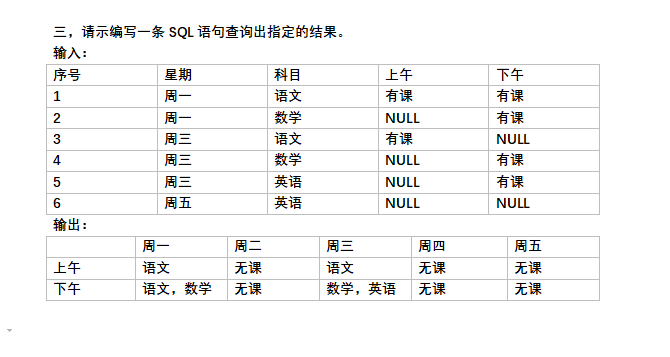This question already has an answer here:
-
Why is 128==128 false but 127==127 is true when comparing Integer wrappers in Java?
6 answers
Here they are the same instance:
Integer integer1 = 127;
Integer integer2 = 127;
System.out.println(integer1 == integer2); // outputs \"true\"
But here they are different instances:
Integer integer1 = 128;
Integer integer2 = 128;
System.out.println(integer1 == integer2); // outputs \"false\"
Why do the wrapper objects share the same instance only within the value 127?
Because it\'s specified by Java Language Specification.
JLS 5.1.7 Boxing Conversion:
If the value p being boxed is true, false, a byte, or a char in the range \\u0000 to \\u007f, or an int or short number between -128 and 127 (inclusive), then let r1 and r2 be the results of any two boxing conversions of p. It is always the case that r1 == r2.
Ideally, boxing a given primitive value p, would always yield an identical reference. In practice, this may not be feasible using existing implementation techniques. The rules above are a pragmatic compromise. The final clause above requires that certain common values always be boxed into indistinguishable objects. The implementation may cache these, lazily or eagerly. For other values, this formulation disallows any assumptions about the identity of the boxed values on the programmer\'s part. This would allow (but not require) sharing of some or all of these references.
This ensures that in most common cases, the behavior will be the desired one, without imposing an undue performance penalty, especially on small devices. Less memory-limited implementations might, for example, cache all char and short values, as well as int and long values in the range of -32K to +32K.
The source of java.lang.Integer:
public static Integer valueOf(int i) {
final int offset = 128;
if (i >= -128 && i <= 127) { // must cache
return IntegerCache.cache[i + offset];
}
return new Integer(i);
}
Cheers!
BTW you can shorten your code to
System.out.println(\"Integer 127 == \" + ((Integer) 127 == (Integer) 127));
System.out.println(\"Integer 128 == \" + ((Integer) 128 == (Integer) 128));
for(int i=0;i<5;i++) {
System.out.println(
\"Integer 127 system hash code \" + System.identityHashCode((Integer) 127)
+ \", Integer 128 system hash code \"+System.identityHashCode((Integer) 128));
}
prints
Integer 127 == true
Integer 128 == false
Integer 127 system hash code 1787303145, Integer 128 system hash code 202703779
Integer 127 system hash code 1787303145, Integer 128 system hash code 1584673689
Integer 127 system hash code 1787303145, Integer 128 system hash code 518500929
Integer 127 system hash code 1787303145, Integer 128 system hash code 753416466
Integer 127 system hash code 1787303145, Integer 128 system hash code 1106961350
You can see that 127 is the same object each time, whereas the object for 128 is different.
Because small values in the range [-128, 127] are cached and bigger values are not.
To wrap integers, Java uses http://download.oracle.com/javase/6/docs/api/java/lang/Integer.html#valueOf%28int%29
Additionally to the other answers I want to add that == compares the object references only. Use .equals() instead:
Integer integer1=128;
Integer integer2=128;
if(integer1.equals(integer2))
System.out.println(true);
else
System.out.println(false);


